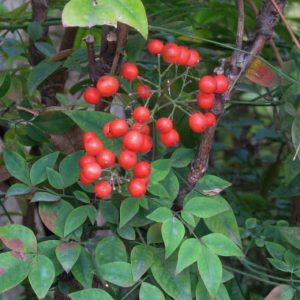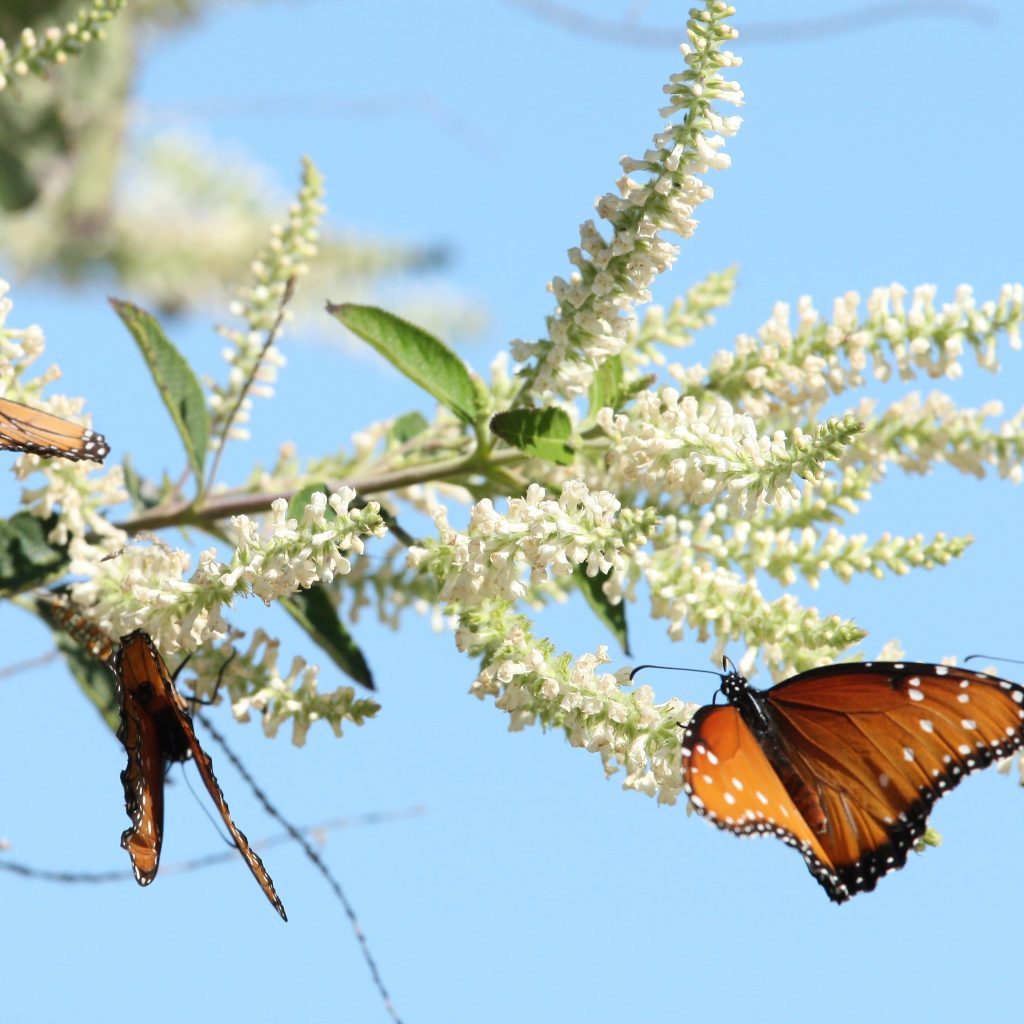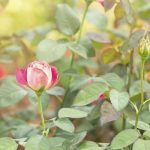Think you picked the perfect plants? Think again. Know when to swipe right or left on seemingly dreamy plant selections.
I have a not-so-secret confession: I love advice columns! I’m no Garden Geek or agony aunt, but I have learned a few gardening lessons over the years that might help your relationship with the plant world.
Watch out for red flags.
Your relationship may have begun innocently enough — you bought a new house with plants already established, or they dazzled you with their lovely flowers, tempting fruits or delicious scents. Keep in mind they evolved these traits to be alluring and while you may be infatuated at first sight, getting to know your plants may reveal some red flags.
Plants that wander or lack boundaries. Avoid invasive species that will spread. If you have them in your yard, it’s best to break up with them before they break your heart (and ours too). The Texas Invasives plant database is a great resource for these ramblers.
No doubt the lilac chaste tree (Vitex agnus-castus) has beautiful blooms, but this shrub has been spreading from our gardens into surrounding natural areas where they out-compete our native plants.

Toxic to family and friends. You love them, but they don’t mix well with your loved ones. The bright red berries of nandina (Nandina domestica) make your yard look festive in winter, but they are poisonous to dogs, cats and other pets. Research shows they are also toxic to our feathered friends, such as cedar waxwings. Cut them off, bag them and throw them away, if you don’t want to remove them from your landscape. They’re also invasive.
Too clingy or controlling. If your plant won’t let you see your other friends, ahem, plants, it’s time to go. It could be yet another invasive species or just poor plant selection where a plant has outgrown its location. Always check those plant tags!
Yellow trumpet vine a.k.a. Catclaw (Dolichandra unguis-cati) stuns with its gorgeous yellow blossoms and ability to smother out other vegetation by creating a dense mat. Pass on this plant. Instead, add romantic flair to your garden with the plants below.
 Bring on the butterflies with sweetly scented almond verbena. It grows swiftly and attracts lots of pollinators without the less desirable traits of Vitex.
Bring on the butterflies with sweetly scented almond verbena. It grows swiftly and attracts lots of pollinators without the less desirable traits of Vitex.
Charm your socks off with salvias. They come from a good water-saving family and fit into any garden as there are so many species from which to choose. You’ll delight in the hummingbirds and bees drawn to their flowers.
For a perfect 10, opt for crossvine. This lovely gets high marks for its eye-catching spring blooms which offer nectar to hummingbirds and butterflies, as well as its reputation for being a well-behaved vine.
Remember, your friends are always a good sounding board when you’re agonizing over your plant choices (thanks for the salvia suggestion, Brad). A final thought from Brad about your lantanas: They’re not good enough for you.




